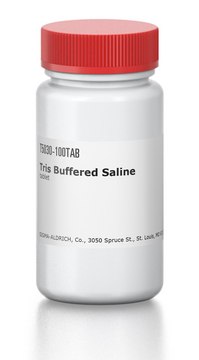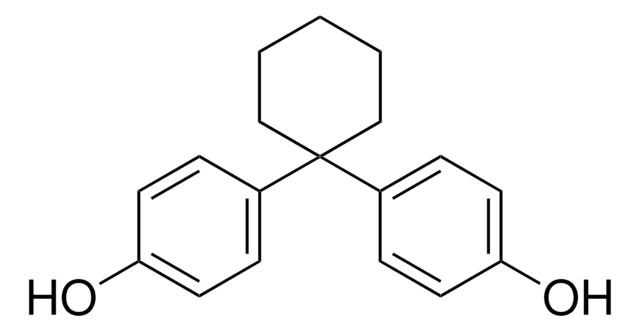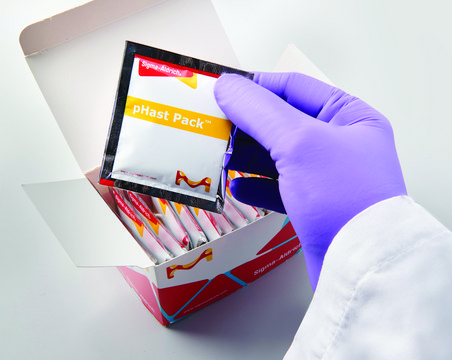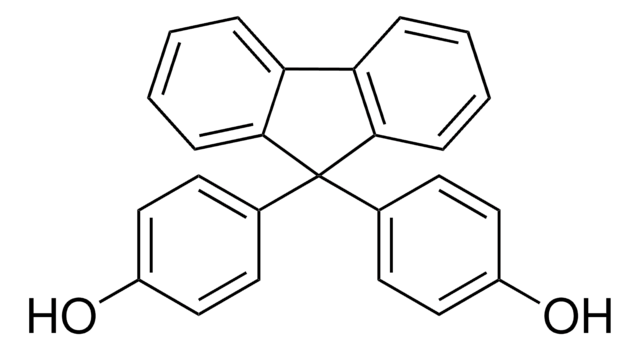93318
Tris Buffered Saline
caplets (for 15 mL), pH 7.6
Sign Into View Organizational & Contract Pricing
All Photos(1)
Synonym(s):
TBS
Recommended Products
product name
TRIS buffered saline, caplets (for 15 mL), pH 7.6
form
caplets (for 15 mL)
pH
7.6
solubility
H2O: 1 tablet/15 mL, clear, colorless
application(s)
diagnostic assay manufacturing
Reconstitution
one tablet dissolved in 15 mL water gives 0.05 M TRIS HCl buffer, pH 7.6±0.2 (25°C) with 0.15 M NaCl
WGK
WGK 1
Flash Point(F)
Not applicable
Flash Point(C)
Not applicable
Personal Protective Equipment
dust mask type N95 (US), Eyeshields, Gloves
Certificates of Analysis (COA)
Search for Certificates of Analysis (COA) by entering the products Lot/Batch Number. Lot and Batch Numbers can be found on a product’s label following the words ‘Lot’ or ‘Batch’.
Already Own This Product?
Find documentation for the products that you have recently purchased in the Document Library.
Diana Ribeiro et al.
Proceedings of the National Academy of Sciences of the United States of America, 114(42), 11127-11132 (2017-10-05)
Extracellular vesicles (EVs) are small vesicles released by cells to aid cell-cell communication and tissue homeostasis. Human islet amyloid polypeptide (IAPP) is the major component of amyloid deposits found in pancreatic islets of patients with type 2 diabetes (T2D). IAPP
Emma Lorentzon et al.
Biometals : an international journal on the role of metal ions in biology, biochemistry, and medicine, 33(2-3), 97-106 (2020-03-15)
Alterations in metal ion homeostasis appear coupled to neurodegenerative disorders but mechanisms are unknown. Amyloid formation of the protein α-synuclein in brain cells is a hallmark of Parkinson's disease. α-Synuclein can bind several metal ions in vitro and such interactions
Susanna Trapp et al.
Journal of virology, 83(2), 884-895 (2008-11-14)
Human immunodeficiency virus (HIV) is taken up by and replicates in immature dendritic cells (imDCs), which can then transfer virus to T cells, amplifying the infection. Strategies known to boost DC function were tested for their ability to overcome this
Our team of scientists has experience in all areas of research including Life Science, Material Science, Chemical Synthesis, Chromatography, Analytical and many others.
Contact Technical Service




